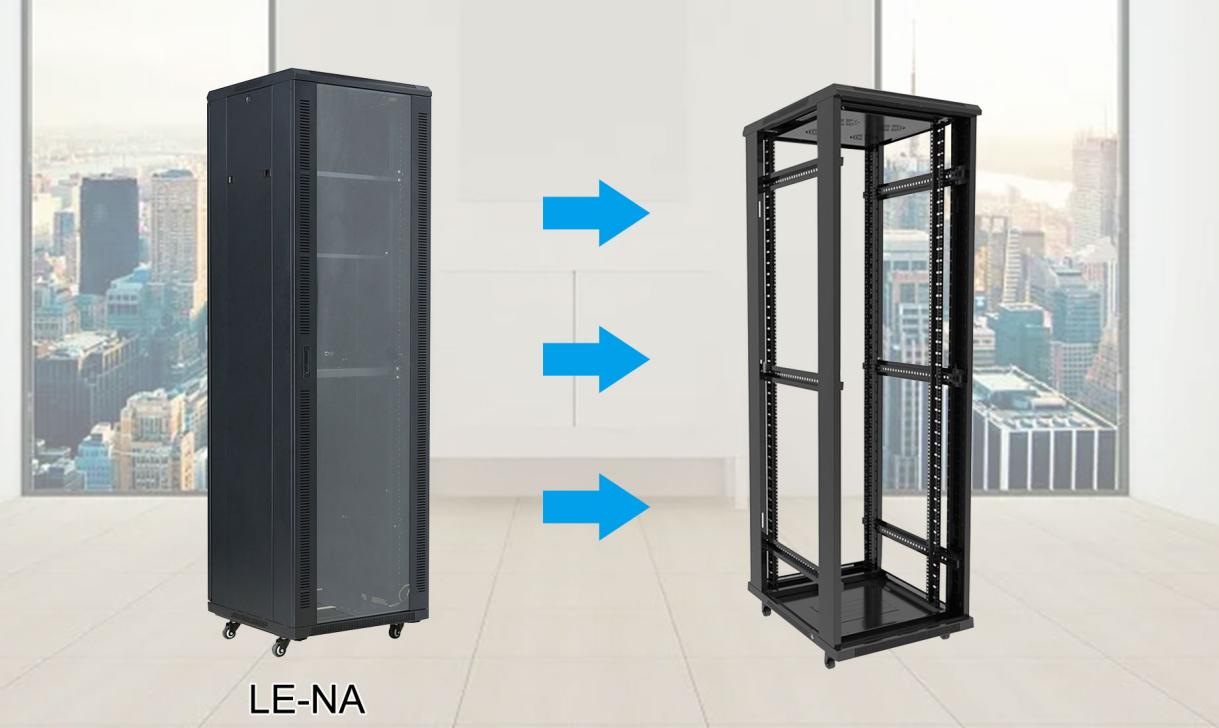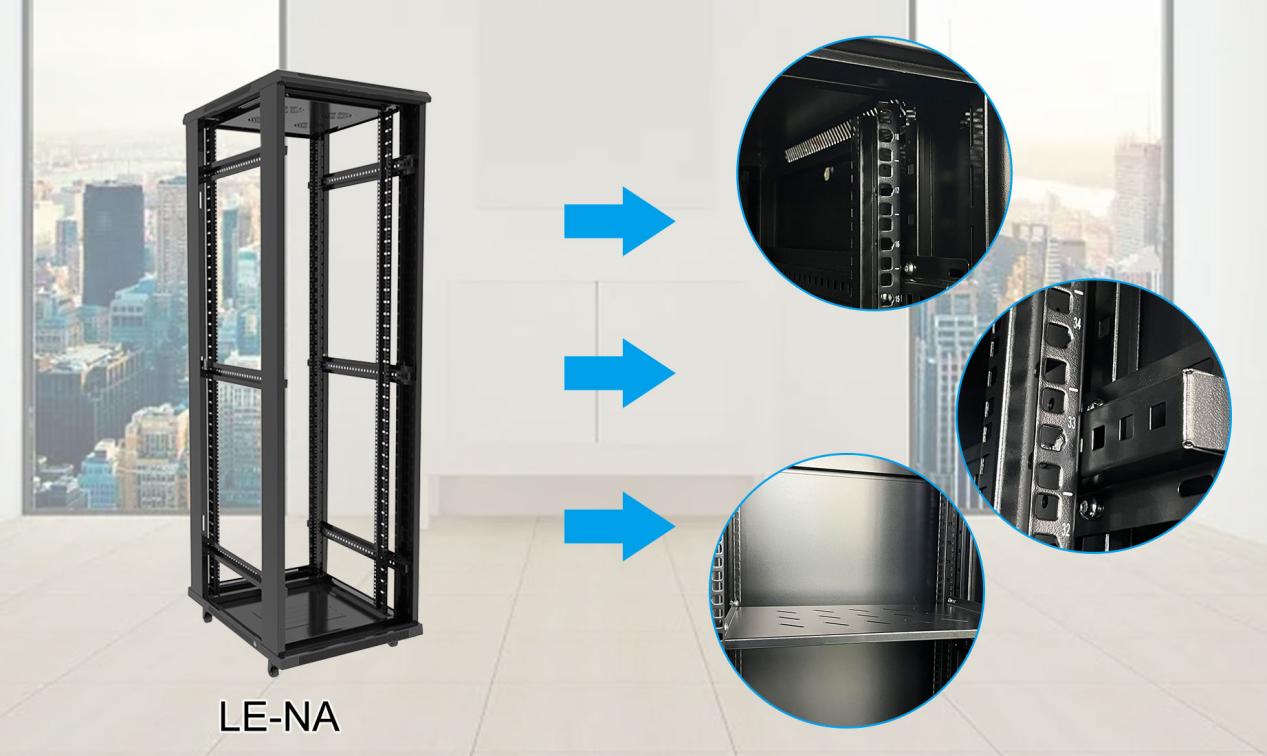> When it comes to choosing the right network equipment rack or server cabinet, Size Really Does Matter.
> While many professionals think they know how to order the right-size server rack for their servers and equipment, you would be shocked to learn how many racks get returned after being purchased because the end-user learned that it did not meet all of their needs.
> When you consider how pricey it is to return-ship a full-size floor standing sever rack via motor freight carriers, choosing the wrong sever rack can be a costly mistake.
> The good news is that, with a little bit of guidance, everyone can learn to choose the home sever rack or sever cabinet that absolutely meets their current and future needs.
> The purpose of this article is to inform all customers who want to purchase our sever rack cabinets or equipment racks of the importance of each size,and explain why each measurement must be evaluated before deciding on the product you purchase.

The next segment of this series will focus on the External height of racks and cabinets, and the considerations that must be weighed prior to choosing one. But this first segment focuses on the Internal Height.
The general HEIGHT of a cabinet or rack is typically specified in Rack Units, which represent the maximum amount of rack-mountable space for your network equipment and servers.
A “Rack Unit” is a common increment of equipment space height as defined by EIA 310. It is a unit of measure used to describe the height of a server, network switch, or similar device in relation to the rails of the rack in which it gets mounted, as well as the maximum equipment racking capacity of cabinets & racks. Rack Units are abbreviated as “U”.
One rack unit (1U) equals 1.75" (4.4 cm) of usable space, usually measured on the vertical mounting rails. So a piece of equipment that takes up 2U of space, for example, will use 3.5" of rack space. And a 42U rack will offer a total usable space of just over 73”.
One of the most common mistakes that IT professionals make when choosing a rack or cabinet is to make their decision based solely on how many rack units they need to mount all their equipment. The main problem with this thinking is that they often focus only on the primary equipment they want to mount, like the servers, switches, patch panels, and uninterruptible power supplies. Often little or no thought is given to the secondary equipment they will eventually need to rack-mount such as cable managers and Power Distribution Units (PDUs). And if you have chosen a rack that barely meets the number of rack units required by your primary equipment, you won't have room to mount the rest of it.
Additionally, when you make a purchasing decision based solely on whether or not a rack has sufficient space to accommodate every piece of your rack-mount equipment, have you left any unused space to allow for airflow and cooling of your high-heat assets like servers? This is critically important when you are evaluating an enclosure that has side panels and or doors because they can act like an Easy-Bake Oven. Even if your servers are smart enough to shut themselves down when they get too hot (as opposed to just frying the way they all used to), you will still experience a service outage when your server turns itself off.
Finally, if you choose a rack that has the exact number of rack units needed to mount all your current equipment while leaving sufficient air-flow to prevent hot-spots, then you are being short-sighted. It is always advisable to choose a rack that will also have enough empty space left to accommodate new equipment that will be added to your network in the future.

If you would like to purchase or installing network cabinets or sever racks thenContact “nbleit” for assistance.Tech Tip
The most important considerations concerning the internal height of the rack or cabinet you plan to purchase are to make sure it:1. Enough space (rack units) to accommodate all your existing equipment.2. Extra, unused space to serve as ventilation around servers.3. Empty space in which future equipment can be mounted as your network grows.In the next issue, we will explain the second part of this series which focuses on the EXTERNAL HEIGHT of racks and cabinets, and the considerations you must weigh before to choosing one.
Copyright © 2018 Latitude All Rights Reserved